The archaeological site of the Ancient Agora is being functionally and aesthetically upgraded.
The functional and aesthetic upgrading of the archaeological sites of Athens is a priority for the Ministry of Culture. After the maturity of the studies for the execution of the necessary works in Kerameikos, it is the turn of the archaeological site of the Ancient Agora.
Advertising
The Ministry of Culture, through the Ephorate of Antiquities of the City of Athens, as part of its policy to improve the services provided to visitors and enhance their experience, is proceeding with the upgrading of infrastructure, public service facilities, and urban equipment in the archaeological area of the Ancient Agora of Athens. The project concerns the overall promotion of the archaeological site with a focus on the formation of a new entrance-exit gate, on Hadrianou Street, and the improvement of accessibility to the site.
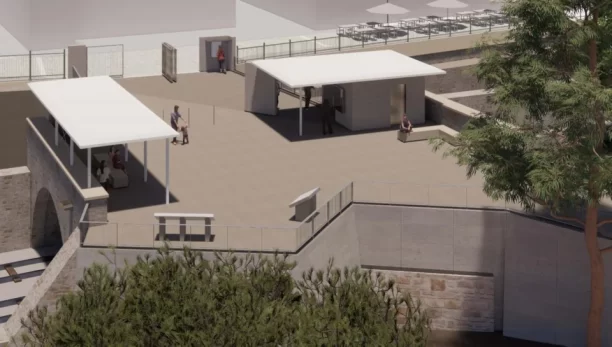
Where will interventions be made in the Ancient Agora?
The intervention area is defined to the north by the ISAP lines, parallel to Adrianou Street, to the west by Apostolou Pavlou Street, to the south by the slopes of the Acropolis, while to the east it adjoins the urban fabric of Plaka. A characteristic internal boundary of the Ancient Agora is the modern Asteroskopiou street, which divides the area into two large sections.
The image that the archaeological site has today shows functional and aesthetic problems. Among other things, of the four entrance gates that the archaeological site has, for issuing tickets, today only the main entrance on Hadrianou Street is open. In addition, the entrance on Apostolou Paulou, in Jacqueline de Romiguy square, is open for the entry of people with mobility problems and officials, upon consultation.
Advertising
In the publishing houses, the facilities necessary for the operation of the entrance, such as air conditioning units, Wi-Fi, networks, etc., are visible, aesthetically degrading the surrounding area, while at the main entrance on Adrianou Street there is a lack of shading space. From there, a ramp with a 10% gradient leads to the level of the archaeological site, without an intermediate staircase, which makes access difficult for people with mobility difficulties.
Accessibility for the disabled and disabled is limited. The use of a wheelchair is extremely difficult without assistance, both because of the gradients of the access ramp and the gradients that inevitably result from the relief and the monuments themselves. The sanitary facilities, located in the Stoa of Attalus, have suffered significant damage and there is no provision for the disabled. Regarding the equipment of the archaeological site, and the markings to connect the entrances with the important points of the Agora, a great diversity is observed, without aesthetic and morphological relevance.
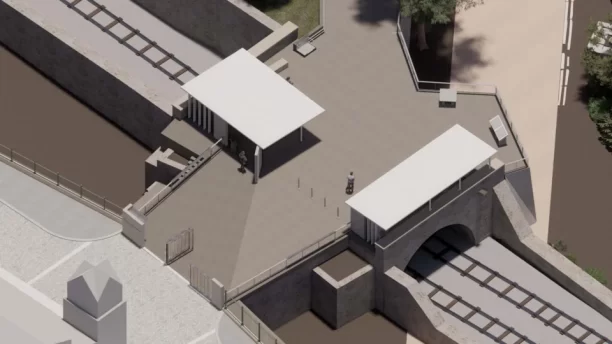

The project concerns the upgrading of the image and functionality of the entrances of the archaeological site, with priority given to the main entrance on Hadrianou Street to serve the entry-exit flows, as well as to functionally serve the needs of visitors with disabilities. Included are the connection of the entrances with the stopping points, viewing points and information points of the site, the upgrading of the sanitary facilities, including the water supply and drainage networks, which serve the archaeological site, taking into account the access and service of visitors with disabilities. Also, the placement of appropriate urban equipment at the entrances is foreseen to improve the visitor’s experience in the archaeological site.
Regarding the entrances-publishing offices, it is planned to replace the existing publishing house building, at the main entrance on Adrianou Street, with a new one that meets modern needs. It will organize the waiting area and entry-exit routes, and provide shade for visitors and employees.
In order to highlight the archaeological site and better organize the entrance area, it is planned to remove parts of the existing entrance platform and fill in some others.
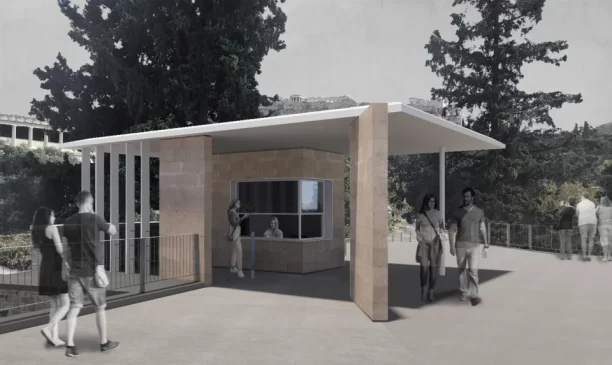

At the entrances on Asteroskopiou and Apostolou Pavlou streets, the restoration of the existing publishing houses and their aesthetic upgrading are planned.
At the entrance of the Observatory, the existing ticket office will be maintained with an aesthetic upgrade and its association with the new, main office on Adrianou Street. A new metal canopy is proposed for visitor services, housing the water vending machine and the e-ticket office. For access to the archaeological site, a new staircase is proposed, parallel to Panathinaion Street, and the creation of traces of the continuation of Panathenaic Street, on Asteroskopiou Street, indicating its continuation in the southern part of the archaeological site, towards the Acropolis.


At the entrance on Apostolou Pavlou Street, the existing ticket office is being upgraded and a canopy is being built to shade the visitors, during the ticketing process, the water vending machine and the e-ticket office. For the sanitary areas, a total renovation of the existing facilities is proposed, with the addition of new ones, with specifications for the disabled, as well as the replacement of the old water supply and drainage networks. In terms of equipment, new fencing posts, new information signs, new seating areas and new railings are proposed.
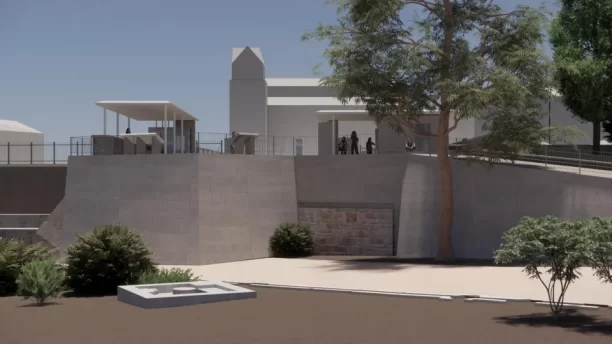

The Minister of Culture, Lina Mendoni, said:
“The functional and aesthetic upgrading of the archaeological site of the Ancient Agora, together with the improvement of service and accessibility for visitors to the archaeological site of Kerameikos, constitute a set of interventions financed by the Recovery and Resilience Fund, with the aim of strengthening the experience and improving the service of the thousands of visitors to the archaeological sites of Athens. The interventions we have planned for the Ancient Agora concern the complete upgrade of the public service facilities, and those with special requirements. They serve, firmly and inevitably, our strategy for universal accessibility to the archaeological sites, as well as in ensuring the necessary conditions for strengthening the “silver economy”, in the field of cultural tourism. The central idea of our design is the discretion of the constructions, the dialogue with the landscape and the monuments, the organization of existing and new uses that support the operation, visitation and accessibility of the Ancient Agora.
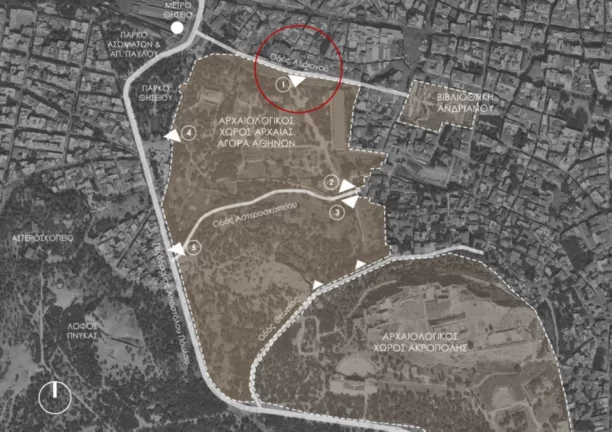

With information from www.iefimerida.gr
Source: enallaktikidrasi.com


